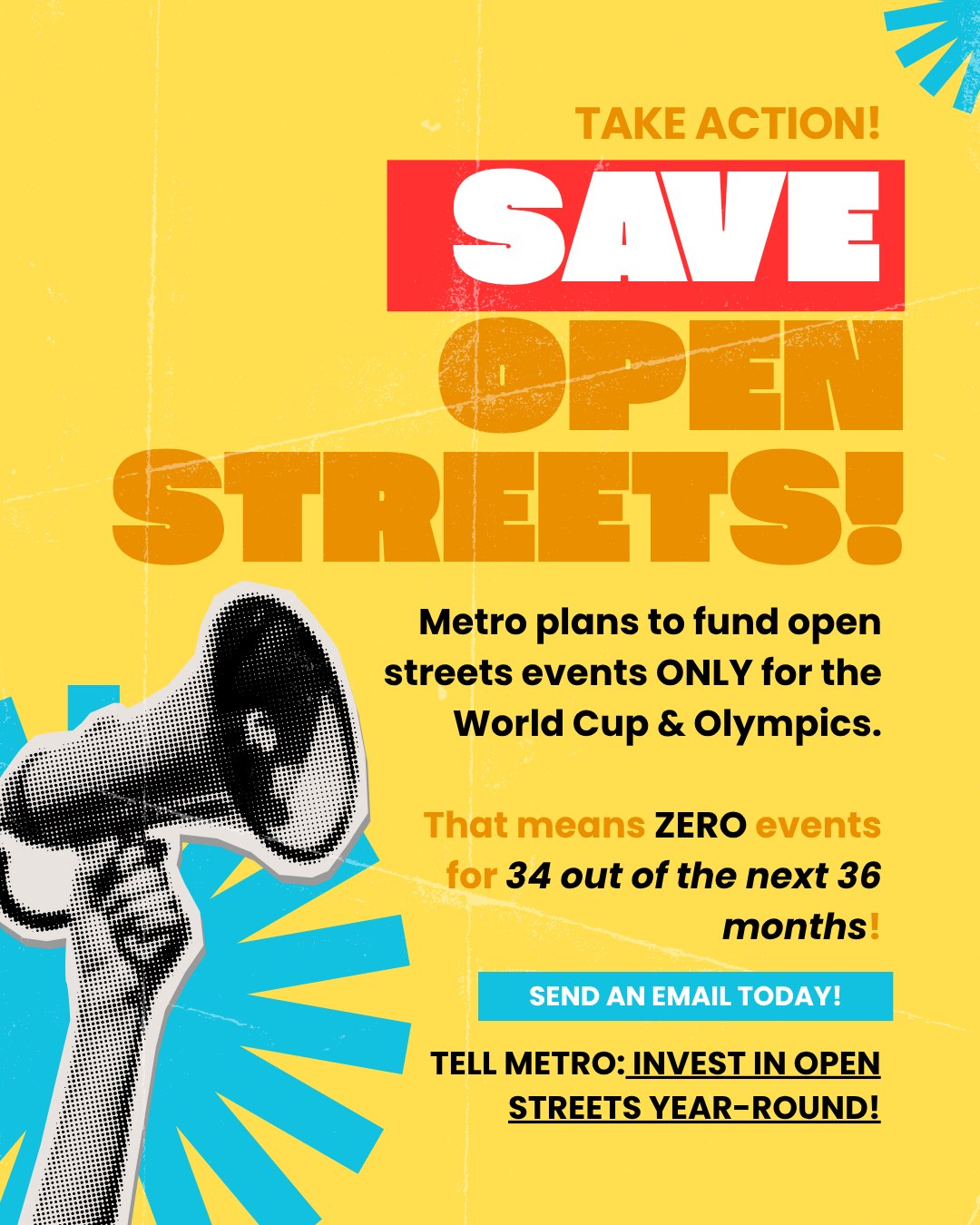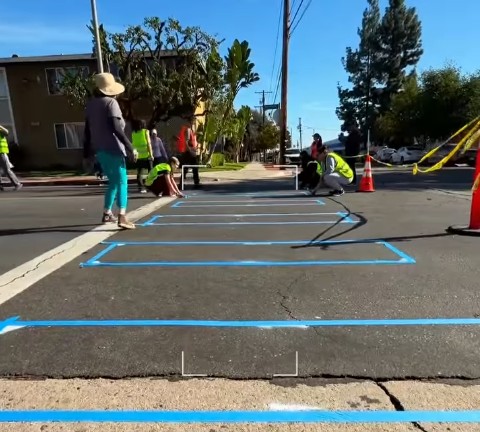
Late last year Congress finally moved to boost the maximum commuter tax benefit for transit riders to the same level that car commuters receive. That means transit riders can buy up to $255 in fares each month with pre-tax income, just like drivers can pay for $255 in parking expenses with pre-tax income.
Great news, right? Well, it's definitely a step in the right direction (for years transit riders had their benefit capped at $130 compared to drivers' $250), but in a lot of places it won't have a big effect on how people commute. As TransitCenter noted in a 2014 report, eliminating the subsidy for parking altogether would be a much more effective way to cut traffic.
Now a new TransitCenter study examines exactly how "transit benefit parity" changes the equation:
We project that the expanded transit benefit will help cities and suburb-to-city transit commuters -- but still won’t counteract the big pro-driving incentive created by the parking subsidy.
We simulated the impact of parking and transit benefits on five commute markets. In every case, the net effect of the parking and transit benefits together was more driving than in a world with no commuter tax benefits at all.
One problem is that the increased transit benefit only further discounts more expensive fares -- those over $130/month, which are typically commuter rail monthly tickets, rather than in-city subway/bus passes. Another issue is that the transit benefit doesn’t reach enough people -- it is employer-administered, and the feds don’t require companies to offer it. A 2013 survey found that only about 12% of employers offer the transit benefit, and only 2% of American workers take advantage of it. In contrast 87% of workplaces provided free on-site parking, with 11% providing monetary parking subsidies.
Transit Center says federal action to correct the problem seems unlikely in the short term. But some cities are using their local powers to help level the playing field a little. For example, New York City and Washington, DC, recently passed laws requiring more companies to offer the transit benefit. In New York, it is estimated that law will make the benefit available to 600,000 additional workers.
Elsewhere on the Network today: Architect this City explores new housing market data from Zillow that shows how urban home values have recently eclipsed suburban home values. Itinerant Urbanist recounts a rare occasion where the sprawl lobby wanted better rail service. And Bike Portland reports that local environmentalists are weighing a tax proposal that would expand bus service 42 percent.






